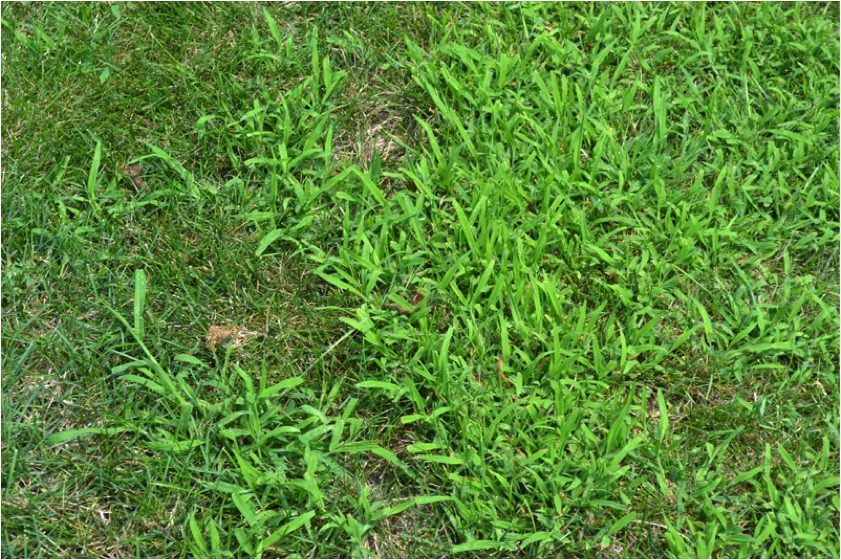Crabgrass loves when there is a void. In the absence of dense, desirable turfgrass, it will show up to fill the space. To limit the space for crabgrass, we need to seed sports fields when turfgrass gets thinned out from the athlete’s foot traffic. There are plenty of pre and post-emergence herbicides to control crabgrass in cool-season turfgrass, but they all have a certain interval when we cannot seed. Rather than going into the details about the pros and cons of each herbicide option for crabgrass control, I’ve laid out several sports field scenarios and then fit the herbicides around the seeding windows.
Baseball and Softball Fields
Baseball and softball coaches are probably already asking when they can get on the fields. This doesn’t leave room for a spring seeding operation, and the infield skins end up being the priority anyway. This is a good situation to use prodiamine (ArmorTech Kade.) This pre-emergence herbicide can go out as a granular on fertilizer or a spray application in March or April and prevents not only crabgrass but goosegrass and many annual broadleaf weeds. The rate can be adjusted so the herbicide expires in late summer and seeding operations can continue through the fall.
Football Fields
Do you have a football field that had play into November or December and the turfgrass is very thin coming into the spring? This obviously calls for spring seeding and mesotrione (ArmorTech Trione) is a helpful grow-in partner. Anderson’s 21-22-4 starter fertilizer with mesotrione is the granular combination product or Trione can be sprayed by itself on the same day as seeding. It will provide both pre and post-emergence control of crabgrass for about 30 days while desirable turfgrass establishes.
Follow-up with an application of dithiopyr (Dimension) as either a granular or spray application at 0.25 pounds of active ingredient per acre. Dimension has both pre and post-emergence activity to take out any small crabgrass seedlings that slipped through the Trione application. Dimension will prevent crabgrass, goosegrass, and a few annual broadleaf weeds through the tough summer months. Seeding can resume 3 months after Dimension in time for when football activity begins to thin the turfgrass stand again.
Soccer, Lacrosse, and Other Fields
Are season-long soccer, lacrosse, or the dreaded multi-purpose sports fields giving you heartburn? This is sports turf management at its trickiest because we need to seed very frequently. Be aggressive with seeding in early spring and through the fall when crabgrass isn’t a concern. But during those tough summer months, I like a 3-step crabgrass control plan that pairs seeding with an herbicide application once a month. Plan to seed and apply a product with mesotrione as step 1 when crabgrass first germinates in your area. ArmorTech Trione has good early tiller crabgrass control and fairly broad spectrum post-emergence activity on many common broadleaf weeds. Quinclorac (Drive XLR8) is step 2 and gets you another 28 days of pre and post-emergence crabgrass control. Apply and seed on the same day one month after the first step. Drive XLR8 must be mixed with methylated seed oil (MSO) and is very effective for post-emergence crabgrass control when the plant has fewer than 2 or greater than 4 tillers. It also has the added benefit of being excellent at killing clover. Step 3 is topramezone (Pylex) which is the newest herbicide that allows seeding on the same day as application while providing 28 days of control. Like Drive XLR8, it requires MSO and is positioned last in the program because it also controls goosegrass in case there is a need. For especially challenging situations, Pylex and Drive XLR8 can be mixed together at half rates of each product.
Reach out to your ATS sports turf rep for advice on timing, rates, and what products work best with your seeding program.












